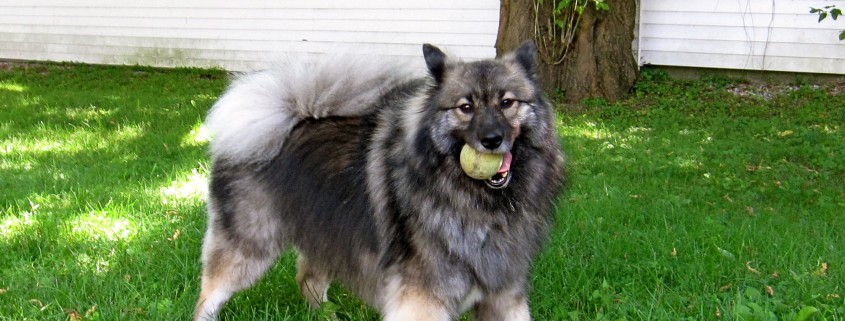Distemper in Dogs
Canine distemper is a deadly virus that affects dogs, coyotes, wolves, raccoons and skunks around the world. Because it is highly contagious and very dangerous, it is included in the core vaccines recommended for all dogs. The virus is passed through direct contact with infected animals and does not survive very long outside of the body.
The disease initially presents with a fever and cold-like symptoms of runny eyes, runny nose, coughing and sneezing. The dog loses their appetite and experiences digestive upset. Other symptoms include difficulty breathing, inflammation of the eyes and eventually neurological abnormalities such as weakness, twitching, incoordination, sensitivity to touch and seizures. In many cases the paw pads and nose harden, which is a tell-tale sign of distemper. All of the dog’s systems are compromised making them susceptible to picking up secondary infections.
There is no cure for distemper. Your vet can support the dog with fluids and anticonvulsants, but it is up to the dog’s immune system to fight off the disease. Even if the dog recovers, they can have permanent neurological damage. The distemper virus has fortunately been controlled very well by responsible vaccination practices and is no longer very common. Unvaccinated dogs and puppies with developing immune systems after their new vaccines are at the highest risk for picking up the disease.
Studies
Occurrence of different canine distemper virus lineages in Italian dogs.


